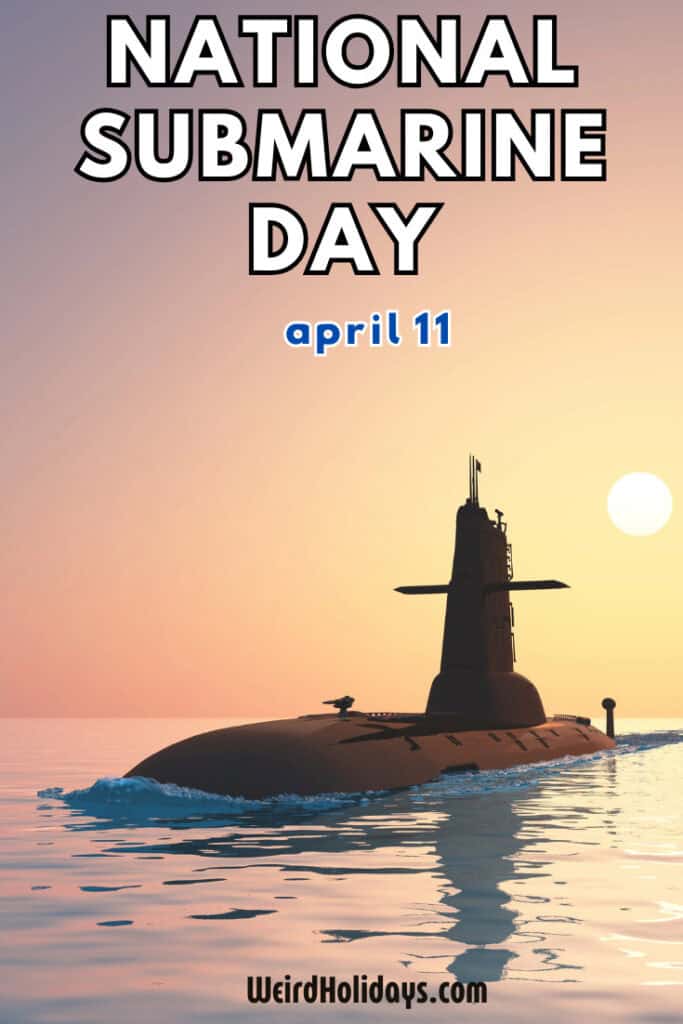National Submarine Day (April 11)
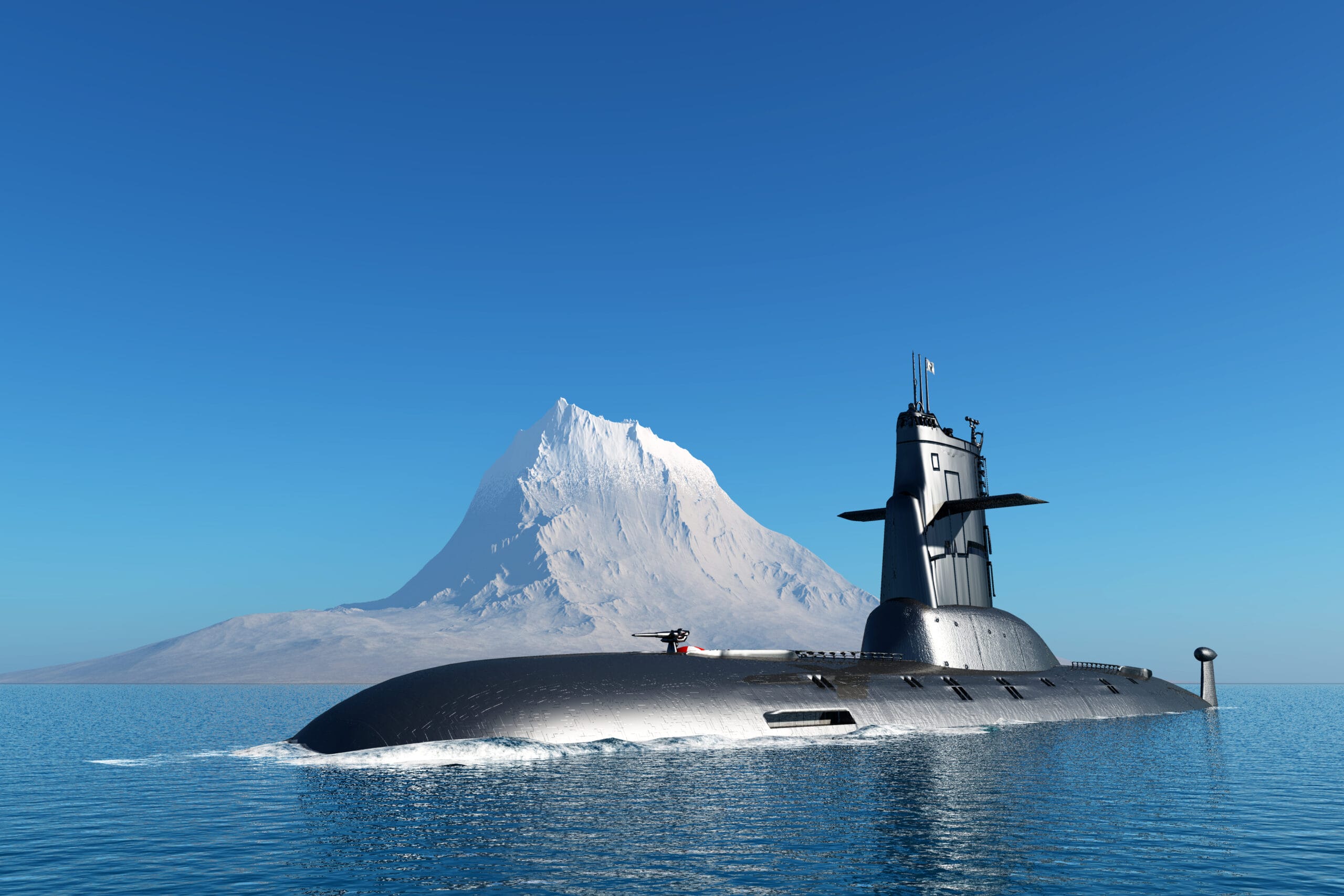
Submarines have revolutionized naval warfare and scientific exploration, making underwater travel possible.
National Submarine Day, observed annually on April 11th, honors the first commissioned U.S. Navy submarine, the USS Holland (SS-1), and recognizes the contributions of submariners throughout history.
Whether you’re fascinated by deep-sea exploration or military history, this weird holiday in April offers a chance to learn about the incredible impact of these underwater vessels.
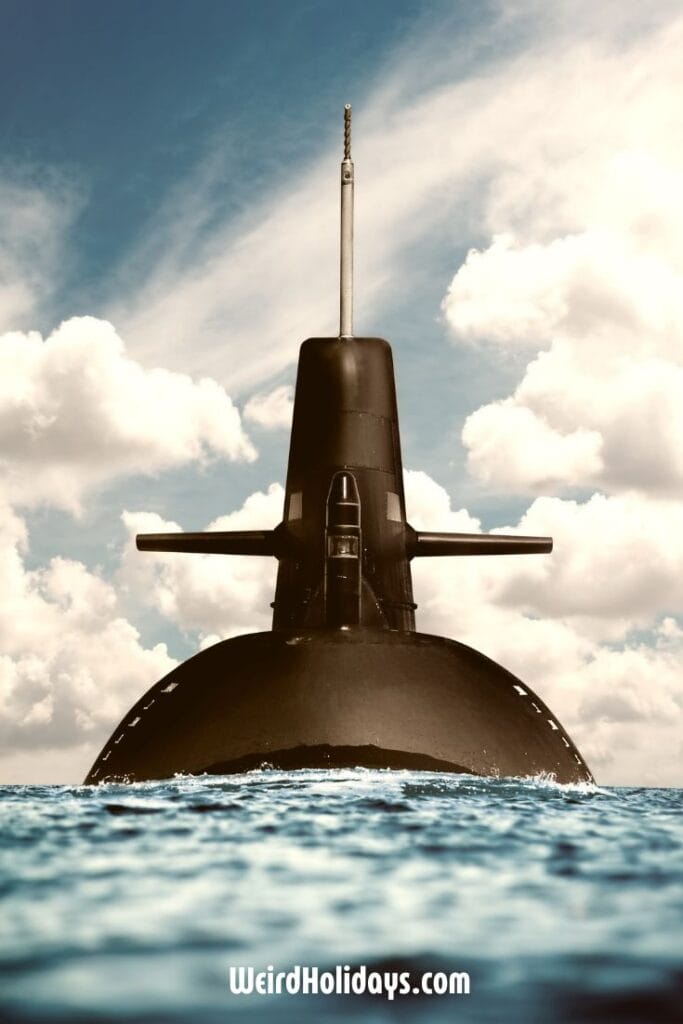
When is the Holiday?
National Submarine Day is celebrated every year on April 11th.
This date marks the anniversary of the U.S. Navy officially accepting the USS Holland (SS-1) into service in 1900.
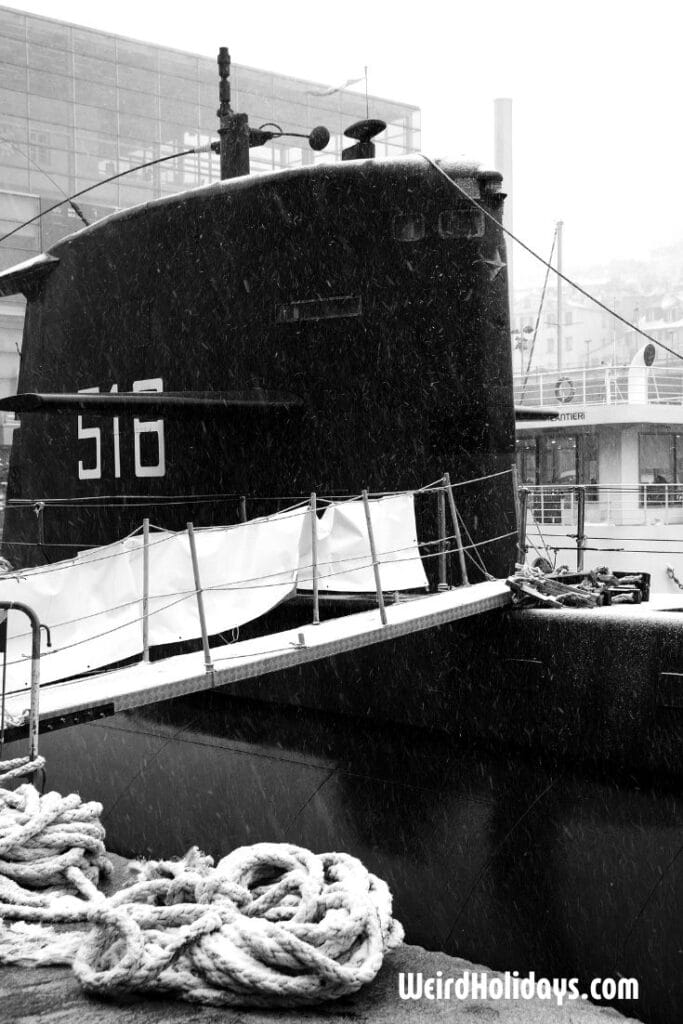
Who Invented It?
While no single individual or organization is credited with creating the holiday, it gained popularity through naval enthusiasts and historical organizations.
It commemorates the ingenuity of John Philip Holland, the engineer behind the USS Holland, the first modern submarine commissioned by the U.S. Navy.
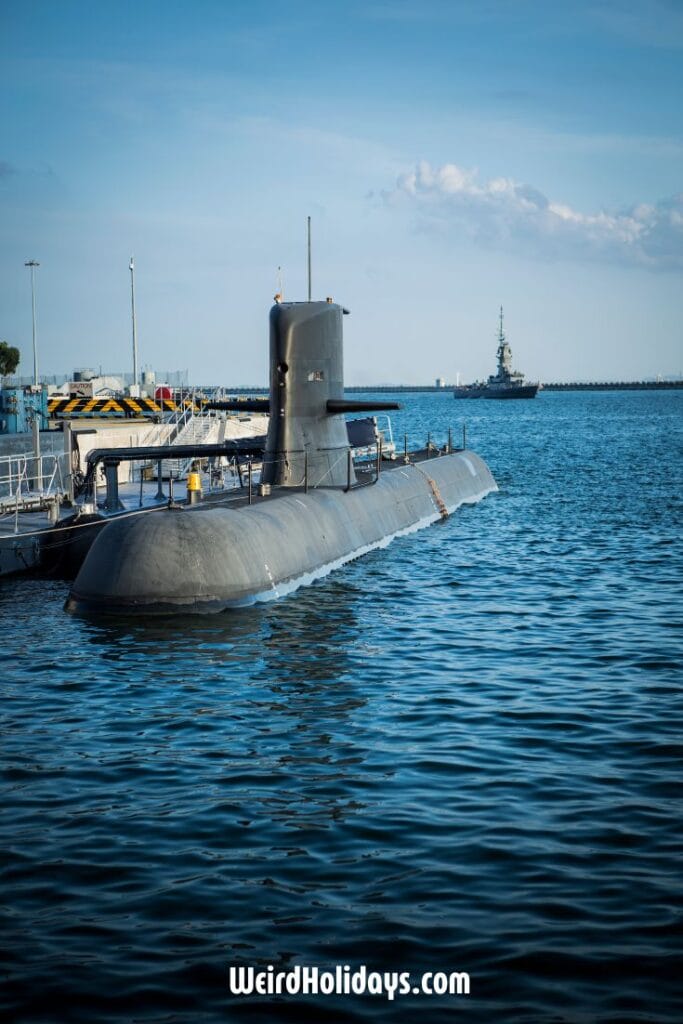
The History of the Holiday
The significance of April 11th ties back to 1900 when the U.S. Navy officially accepted its first commissioned submarine, the USS Holland (SS-1).
This event marked the beginning of modern naval warfare and underwater exploration.
Over time, the holiday has grown in recognition, thanks to efforts by naval organizations, museums, and history enthusiasts who celebrate the legacy of submariners and submarine technology.
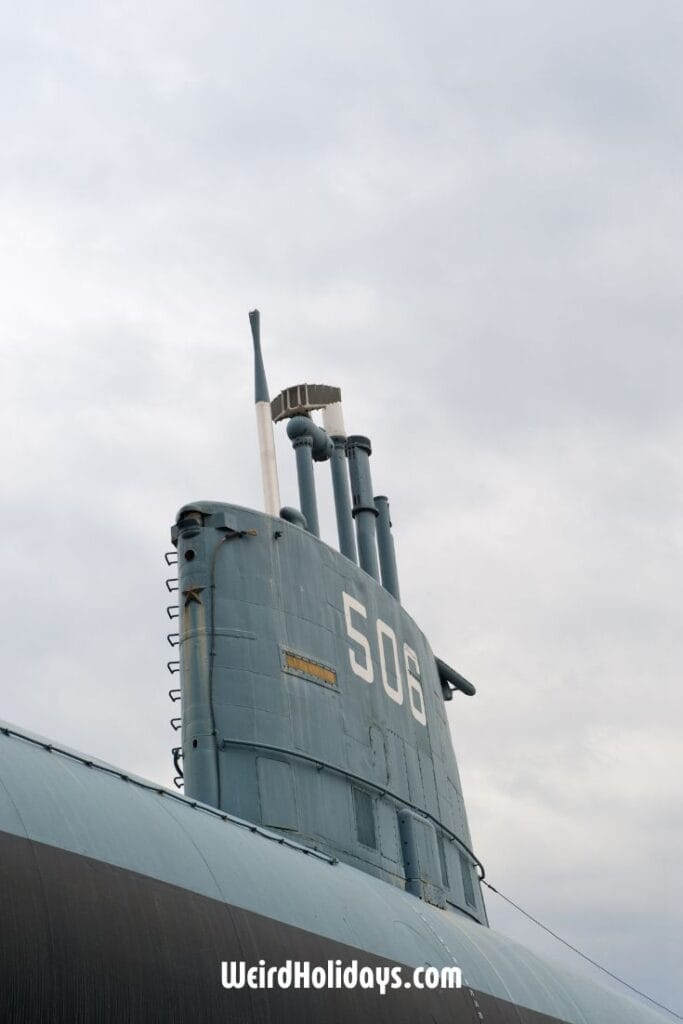
Top 5 Facts About the Holiday
- The USS Holland (SS-1) was powered by gasoline and had an electric motor for underwater propulsion.
- Submarines were first used in combat during the American Revolutionary War with the Turtle, a hand-cranked one-person vessel.
- The USS Nautilus, launched in 1954, was the world’s first nuclear-powered submarine.
- Submarines play a key role in marine research, allowing scientists to explore deep-sea ecosystems.
- The Beatles’ song Yellow Submarine helped make submarines a pop culture icon.
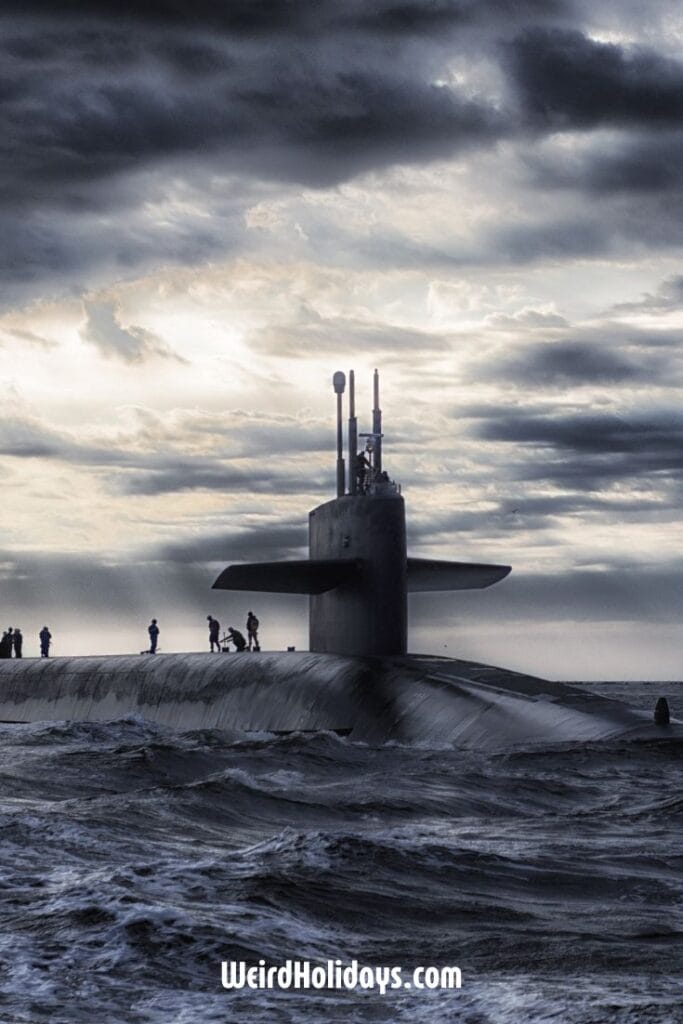
**This post may contain affiliate links. As an Amazon Associate and a participant in other affiliate programs, I earn a commission on qualifying purchases.**
Activities to Celebrate
- Visit a submarine museum: Explore real-life submarines at naval museums across the country, such as the USS Nautilus Museum in Connecticut or the USS Bowfin Submarine Museum in Hawaii. These exhibits give visitors an up-close look at historical submarines and the lives of those who served aboard them.
- Watch a submarine documentary: Learn about the history and technological advancements of submarines through documentaries like The Silent Service or Mission Blue.
- Read books about submarines: Engage kids with books such as The Magic School Bus on the Ocean Floor which provides an interactive way to learn about underwater exploration.
- Build a model submarine: A fun, hands-on activity for children and adults alike.
- Discuss ocean conservation: Submarines have played a crucial role in studying ocean health and marine ecosystems. Use this day to learn about deep-sea habitats, coral reefs, and conservation efforts.
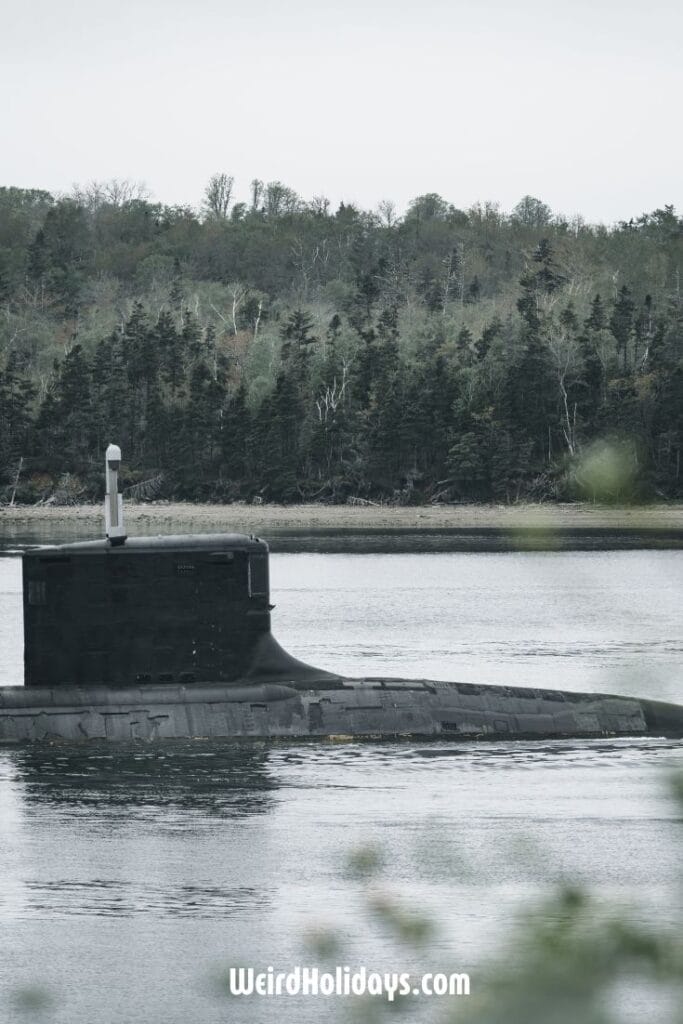
Links to Resources
- Yellow Submarine Craft with Free Template. A creative and fun activity for kids to make their own submarine craft inspired by the iconic Yellow Submarine.
- Revell 1:72 German U-Boat Model Kit – A detailed model kit for submarine enthusiasts, offering an intricate build and historical accuracy.
- LEGO Creator 3-in-1 Deep Sea Creatures – A fun and educational LEGO set that includes a buildable submarine, perfect for young learners.
- Super Submarines. A fantastic children’s book introducing young readers to submarines with fun rhymes and engaging illustrations.
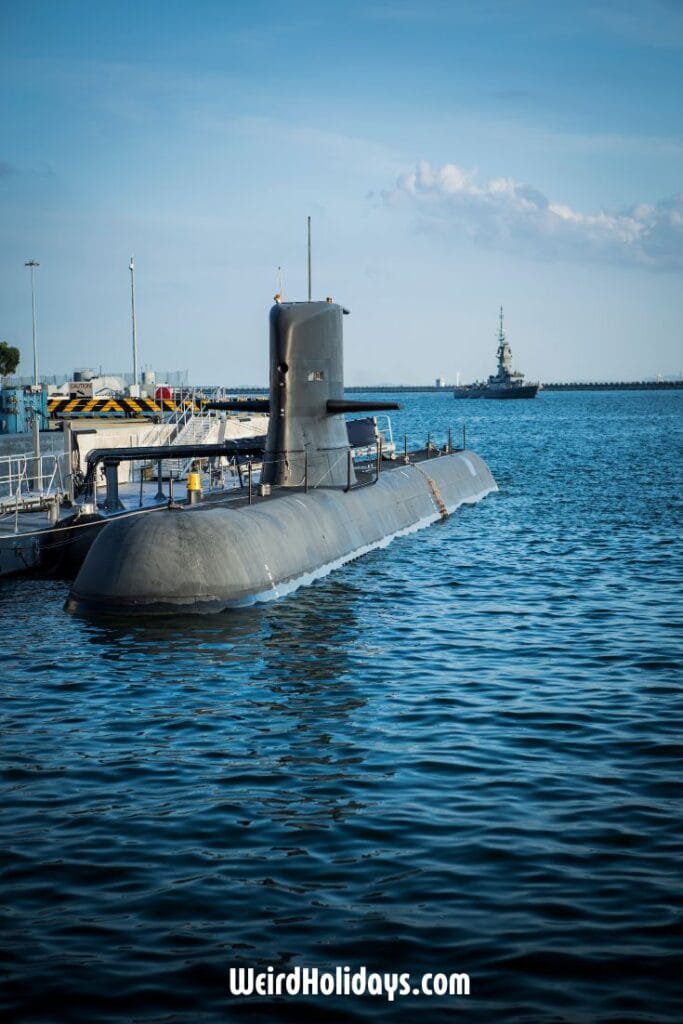
Related Holidays
This isn’t the only holiday that celebrates innovation and exploration.
- National Lighthouse Day on August 7 highlights the importance of lighthouses in maritime history, guiding sailors safely to shore.
- Hot Air Balloon Day on June 5 honors the ingenuity behind early aviation and the spirit of adventure that took humans to the skies.
- Amelia Earhart Day on July 24 commemorates the pioneering aviator who pushed the limits of flight, much like submariners have expanded our understanding of the ocean depths.
Pin it!
Share this post about National Submarine Day on Pinterest!
